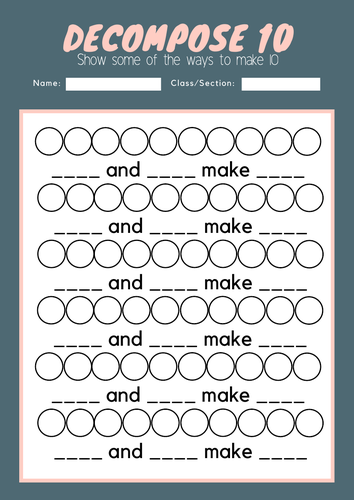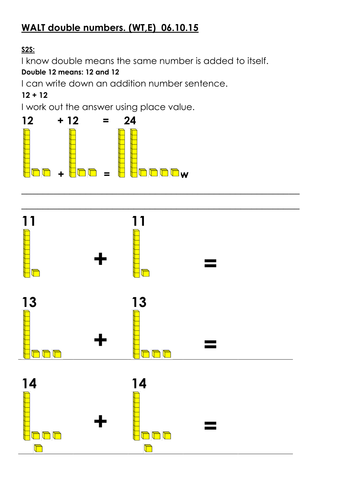Concrete, pictorial, abstract (CPA) approach resources to help pupils to develop a deep understanding of maths as part of mastery learning
CPA may be at the heart of teaching for mathematical mastery, but giving pupils objects and drawings to help them to understand key concepts isn’t anything new. So, what is it that makes this approach so valuable to the study of maths and particularly to the teaching for mastery?
As CPA is not about getting the answer quickly, concrete manipulatives are often used to help pupils to work through questions. They can also be used to encourage the transition to pictorial and abstract. After all, maths lessons aren't about teaching tricks; they are about giving pupils the tools to understand the problem in front of them.
CPA is for everyone; all abilities and all ages. Concrete manipulatives are a common feature of KS1 classrooms across the country, but they can be used just as effectively at KS2, and not just for pupils who are struggling. Mastery teaching encourages the use of concrete manipulatives in any lesson and suggests that there is value in KS2 pupils having a variety of equipment to aid their thinking.
In maths mastery, there doesn't have to be a linear progression from concrete to pictorial to abstract. Instead, teachers can apply a cyclical approach. For example, even when a pupil has worked out the answer using an abstract method, it is worth asking them to use concrete manipulatives to convince others that they are correct.
CPA is a way to deepen and clarify mathematical thinking. Learners are given the opportunity to discover new ideas and spot the patterns, which will help them reach the answer. From the start of KS1, it is a good idea to introduce CPA as three interchangeable approaches, with pictorial acting as the bridge between concrete and abstract. When teaching for mastery, the CPA approach helps learners to be more secure in their understanding, as they have to prove that they have fully grasped an idea. Ultimately, it gives pupils a firm foundation for future learning.
When using CPA in your classroom, almost anything can be used as a concrete manipulative, from lollipop sticks to cups and marbles. Feel free to be creative and make use of objects that are at hand in your classroom!
To get you started or give you a range of CPA lessons, activities and supportive visual aids to refresh your existing range, why not take a look at this hand-picked collection of innovative resources from the Tes community?









